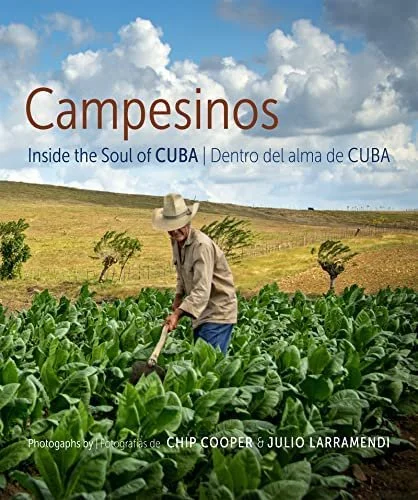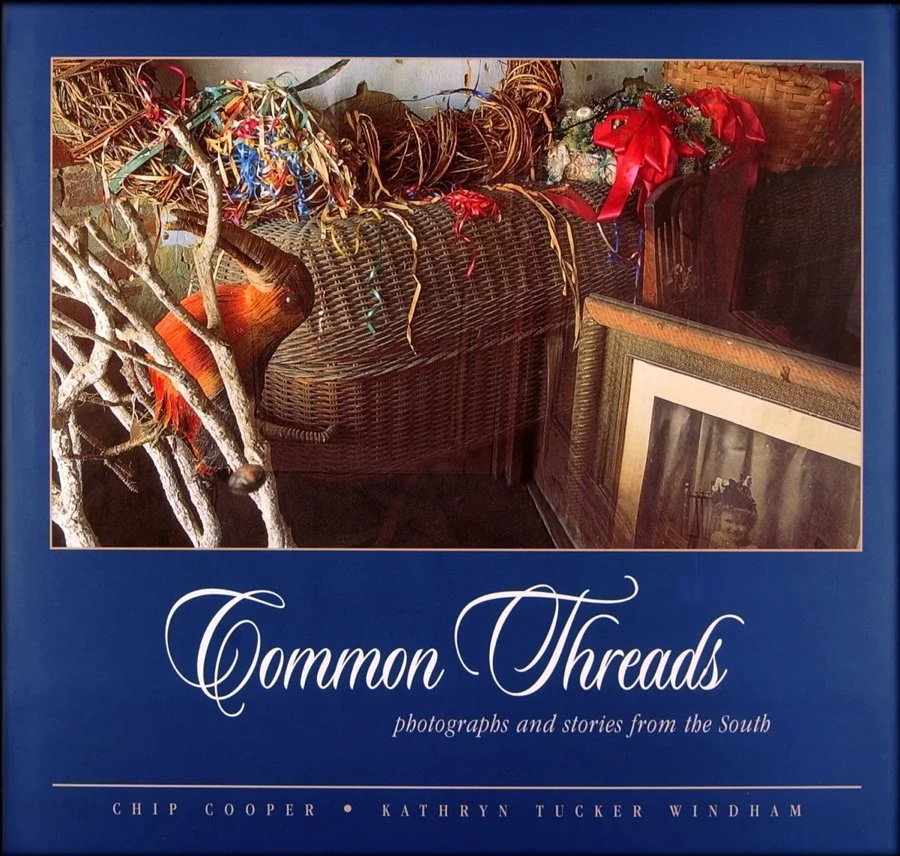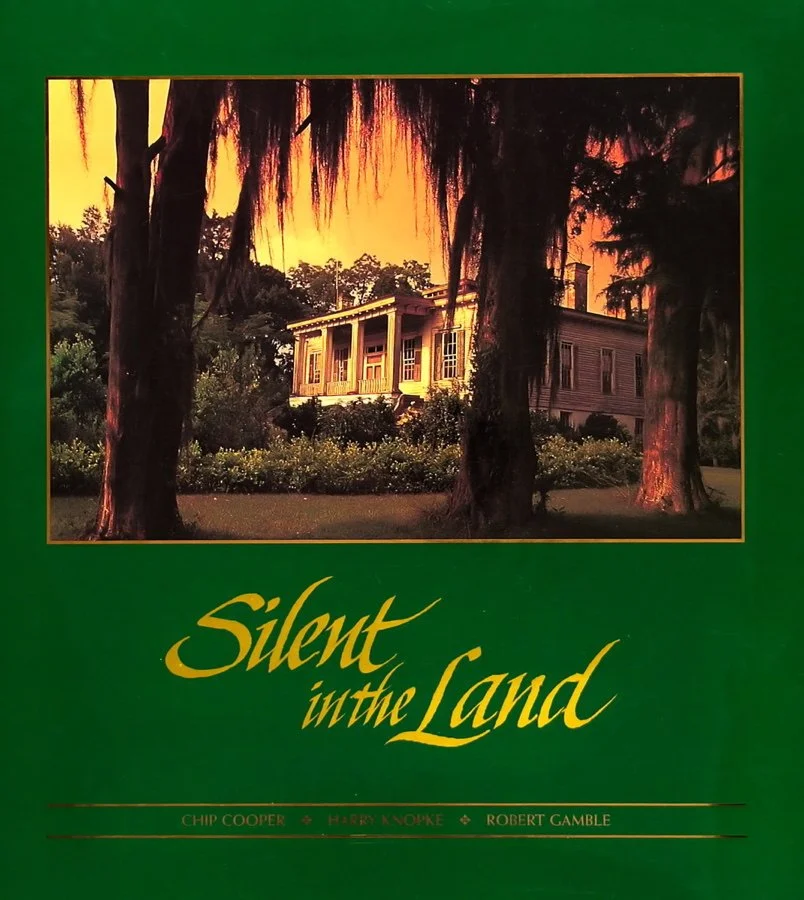CHIP COOPER BOOKS
Mobile and Havana: Sisters across the Gulf
This book examines the intertwined histories of Mobile and Havana, highlighting their shared experiences and cultural influences.
Historical Context:
It delves into the complex relationship between the two port cities, including their interactions during the Civil War, blockade running, and other historical events.
Authors and Photographers:
John Sledge and Alicia García-Santana provide historical context and analysis, while Chip Cooper and Julio A. Larramendi contribute with their photography, capturing the essence of both cities.
Unique Perspective:
The book offers a unique perspective on the relationship between Mobile and Havana, emphasizing their shared history and the connections that bind them.
Mobile as "Paris of the Confederacy":
Sledge describes Mobile as being called the "Paris of the Confederacy" for its relative luxury during the early years of the Civil War.
Cuban Culture:
The book also highlights the resilient spirit of the Cuban people and their love for their culture and heritage.
Deep inside the soul of Cuba are the campesinos-the men and women who have always worked the countryside across the length and breadth of Cuba, away from cities, towns, and often villages. Resilient, resourceful, and proud, campesinos are the heart and soul of Cuba. The fruit of years of travel among Cuba's less-known and little-explored rural communities, Campesinos: Inside the Soul of Cuba is a collection of loving and intimate photographs by world-renowned photographers Chip Cooper and Julio Larramendi documenting people and places from every corner of the island nation, many never seen by Cubans themselves let alone visitors from abroad.
Into the center of this world traveled two photographers to document these extraordinary people. One, Julio Larramendi, was born in Cuba and has spent his whole life there. The other, Chip Cooper, came to visit for the first time from his native Alabama more than a decade ago. Together, Cooper and Larramendi have captured the light, sounds, and spirit of the campesino landscape and the humble and determined people who inhabit it, ways of living that have not changed, in many instances, for a century or more. From green tobacco fields and winding roads to the faces, both stern and smiling, of children and their close-knit families, Cooper and Larramendi have captured in this landmark volume the rhythms and traditions of contemporary rural Cuban life in ways never before documented.







